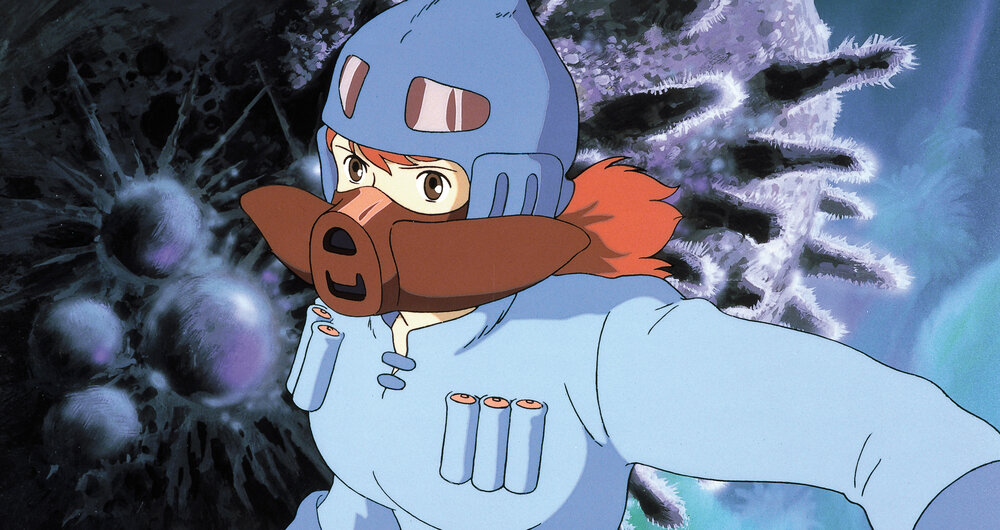Over the years, Studio Ghibli has gained worldwide acclaim for its animated works such as Howl’s Moving Castle, Spirited Away, and My Neighbor Totoro. Despite their popularity, the films weren’t available for streaming in the United States, but this year, the studio made their films available on HBO Max.
Since many of us are familiar with these titles, here are some underrated Ghibli movies that also hold common grace themes. Family-friendly films are noted as such, and all are available on HBO Max. Of course, no spoilers!
Nausicaa of the Valley of the Wind
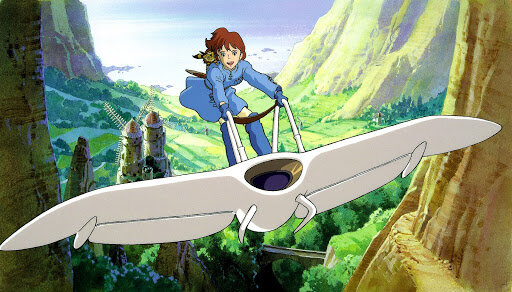
© 1984 Studio Ghibli – H
While Nausicaa was made before Studio Ghibli’s founding, it is still considered part of the franchise because it was directed and led by filmmaker Hayao Miyazaki and his crew, who eventually created the Ghibli establishment. The story takes place in a dystopian society where, much like Miyazaki’s other films, there is a theme of human vs. nature. The movie follows Nausicaa, a young princess of the quiet Valley of the Wind, whose kindness extends beyond the tensions between nature and humans, and between humans themselves.
The most apparent common grace theme is the value of natural life. Miyazaki is known to have a high appreciation for nature in his films, and we can see this in Nausicaa as well. The ecosystem around the Valley is shown to be a large, uncontrollable force that the humans are caught in the middle of, and everything around them is dying. But, as the story progresses, we grow to believe in Nausicaa’s hopefulness for the future of both humans and the life around them, and by the end, we see a beautiful hope for new life that is born from what has died. (Sound familiar?)
Most importantly, by watching Nausicaa, the audience learns what it means to be kind. I was especially reminded of the difference between kindness and niceness – there are plenty of “nice” characters in the film who are cordial to their friends and fellow humans, but remain hostile to their enemies and the insects. Nausicaa, on the other hand, is kind to all, even when they have wronged her and her people. In this way, we can be reminded of Jesus who is kind to everyone.
Only Yesterday
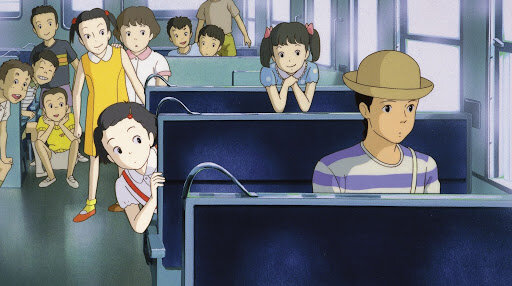
© 1991 Hotaru Okamoto – Yuko Tone – Studio Ghibli – NH
Only Yesterday is an often overlooked film directed by Isao Takahata. It traces a young woman’s nostalgia as she takes a trip to the countryside to get away from her busy city life. I recommend this film especially for adults and young adults who long for the simpler days of their youth because of the innocence that is well-woven into the film.
That said, the serenity portrayed in this movie truly stirs your soul. With its overall pleasant tone, this movie is also good for nature lovers and those who could use a break from life, just like the protagonist, Takeo. While Nausicaa moves one to think about the forces of nature and nature as life, Only Yesterday highlights the beauty of it. From mundane farmhand work to the high peak of Mount Zao, we’re reminded of the beauty of nature, whether it is formed by man or by God, and the whole movie takes you through appreciating it.
So be aware that this movie is a perfect depiction of the “slice of life” genre – it’s a laid-back, serene film with no dramatic plot or adventure storyline. Instead, you get a good look at Takeo’s thoughts and processes as she remembers the days of her youth weaving in with her current life as a young adult. Watching Takeo’s emerging, long-forgotten emotions and carefreeness of her childhood days, you will inevitably take a nostalgic trip of your own.
The Cat Returns (Family Friendly)
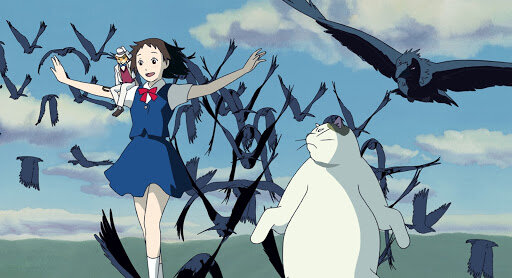
© 2002 Nekonote-Do – Studio Ghibli – NDHMT
If you’re looking for a lighthearted movie to watch with your kids with adventure, a curious female lead, and lots of cats, The Cat Returns (directed by Hiroyuki Morita and written by Reiko Yoshida) is right up your alley. This marvelous, bizarre, fantasy film is about a quiet girl named Haru who mistakenly becomes betrothed to the Prince of the Cat Kingdom.
The main theme of this movie is to stay true to your identity and to be kind. Throughout the story, we are shown that a single act of kindness can go a long way. Haru’s kindness brings her to meet new friends who warn her not to lose herself, and as Haru tumbles her way through this wild adventure, she emerges as a confident girl who “speaks from the heart.”
Overall, this film is great in stirring the wonderful gift of imagination. It shows us just how creative our minds can be and how enjoyable it is to engage in our God-given creativity. Kids will undoubtedly love the unique characters, parents can teach their kids a good life lesson, and however old you are, you’ll find yourself drawn to the magic of it all.
The Tale of Princess Kaguya (Family-Friendly)
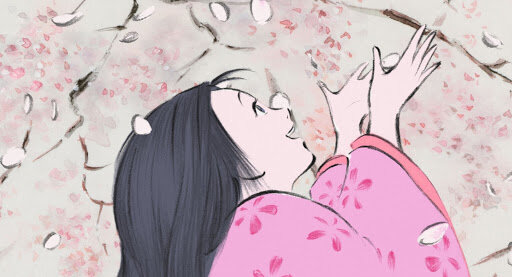
© 2013 Hatake Jimusho – Studio Ghibli – NDHDMTK
Directed by Isao Takahata, this gem of a film is a must-watch for those who appreciate art. But besides the beautiful watercolor-style animation as well as the amazing soundtrack to go with it (composed by renowned musical director Joe Hisaishi), this film has a bittersweet theme that explores what it means to be “happy.”
Just like many other Ghibli films, there isn’t a true happy ending to The Tale of Princess Kaguya. In fact, one could argue that in this retelling of the Japanese folktale, “The Tale of the Bamboo Cutter,” the movie’s tone is more sorrowful than happy. We increasingly see throughout the story that while the protagonist Kaguya-hime’s parents are trying to secure for her a life of guaranteed happiness through riches, royalty, and love, the princess herself is unable to find happiness through those things. In fact, it is plain that she finds more happiness in the simple country life she lived as a daughter of a poor bamboo cutter than as a princess in the royal city.
Needless to say, watching Princess Kaguya’s life on earth makes one think about the folly of earthly wealth and the importance of conversation between parents and children. It also makes you appreciate the simple things in life rather than focus on chasing the lavish, luxurious things. The art and music matches the emotions of Kaguya-hime, and will surely entrance the viewer to empathize with the princess.
The ending is very spiritual (without spoiling, I’ll just say it involves a Buddhist party), but this film as a whole will also create space for you to teach the gospel message – that we can only find true contentment in Jesus, who saved us from a life of despair and purposelessness.
All in all, along with their well-known quality of art and music, Studio Ghibli’s films also have very apparent, important, themes behind them. The above-named films are only a few of many amazing works, and now that they’re all available for streaming, you definitely don’t want to miss out!

